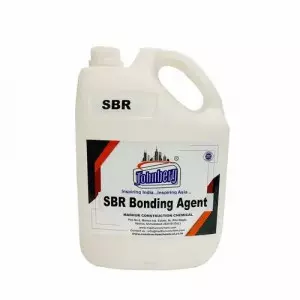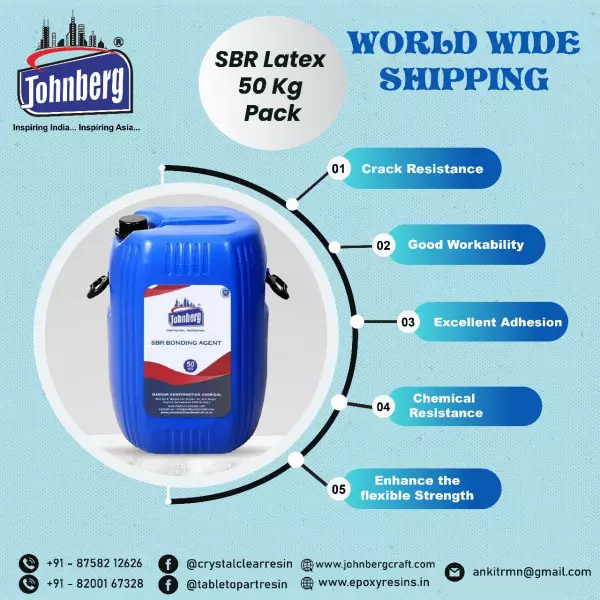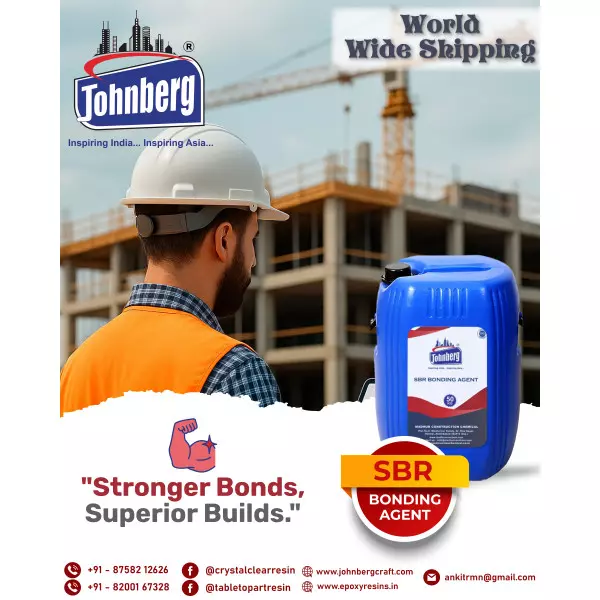- Home
- About Us
- Products
- Resin Furniture
- 3D Epoxy Flooring Service
- Resin Table Top
- Wooden Epoxy Resin Table Top
- Metallic Epoxy Flooring Service
- Conception Chemical Consultants
- Chemical Consultancy For Construction
- Construction Chemical Consultant
- Tile Grout
- Foundation Grout Consultant
- Paver Block Chemical Consultant
- Waterproofing Chemical Consultant
- Epoxy Pigment Consultant
- Heat Reflective Coating
- Water Repellent Coating
- Epoxy Grout
- Chemical Consultant
- Industrial Chemical
- Construction Chemical
- Epoxy Resin
- Epoxy Coating
- Polyester Resin
- Joint Sealants
- Cristal Clear Epoxy Resin And Hardner
- Construction Chemicals
- Polycarboxylate Ether And Liquid
- Solvent Cement
- Tile Protection Sheet
- Water Reducing Superplasticizer
- Epoxy Resin And Hardeners
- Two Component Waterproof Coating
- Epoxy Floor Coatings
- Casting Resin
- Sbr Latex Polymer
- Epoxy Grout Formulations
- Epoxy Resin Tabletops
- Tile Spacers
- Tile Levelling Spacers
- Industrial Night Vision Epoxy Grout
- Sbr Latex
- Johnberg Marble Polishing Liquid
- Acrylic Elastomeric Coating
- Weber Tile Adhesives
- Decorative Arts
- Resinic Crafts
- PU Flexible Tile Adhesive
- Resin Pressed Flowers
- Dry Pressed Flower
- Epoxy Putty
- Resin Furniture
- Services
- Updates
- Gallery
- Contact Us
SBR Waterproofing Chemical In Patna
Details of SBR Waterproofing Chemical
SBR waterproofing chemicals refer to Styrene-Butadiene Rubber (SBR) latex-based compounds used primarily to improve waterproofing, adhesion, flexibility, and durability of cementitious systems. These chemicals are commonly used in construction for both repair and new build waterproofing applications.
What is SBR (Styrene Butadiene Rubber)?
SBR is a synthetic rubber derived from the co-polymerization of styrene and butadiene. It is typically sold as a milky-white liquid latex and is mixed with cement, sand, or other mortars to create waterproof slurries and coatings.
Key Properties of SBR Waterproofing Chemicals:
Property Details
Form Liquid latex (usually white or off-white)
pH Typically between 9 – 10
Solids content ~ 45%–50%
Compatibility Cement, sand, concrete, and masonry
Setting time Depends on temperature and mix, generally 2–6 hours initial set
Curing Moist curing is recommended
Typical Applications:
Waterproofing of basements, terraces, and bathrooms
Bonding agent between old and new concrete
Repair mortars for spalled concrete
Cementitious floor screeds and toppings
Water-retaining structures like tanks and reservoirs
Tiling substrates in wet areas
Mix Ratio Examples (Common SBR Usage):
Application Cement Sand SBR Water
Slurry coat for waterproofing 1 - 0.2–0.25 (of cement wt.) Enough for brushing consistency
Waterproof plaster 1 3 0.1 (of cement wt.) As needed
Repair mortar 1 2–3 0.1–0.2 (of cement wt.) As needed
Application Method:
Surface Preparation: Clean the surface thoroughly; remove dust, oil, laitance, or loose materials.
Priming: Sometimes a diluted SBR solution (1:1 with water) is used as a primer.
Mixing: Combine SBR with water first, then add cement/sand gradually.
Application: Brush, trowel, or roll depending on the mix and surface.
Curing: Protect against rapid drying. Cure for 5–7 days for best performance.
Advantages of SBR Waterproofing Chemicals:
Excellent adhesion to most construction materials
Improved water resistance and chemical resistance
Enhances flexibility of cementitious layers
Reduces shrinkage and cracking
Resists alkalis, making it ideal for concrete and plaster
UV stable to some extent (depending on formulation)
Limitations:
Not suitable for permanently submerged applications unless specially formulated.
Must be protected from rapid drying.
Not a standalone waterproofing solution – always mixed with cementitious material.
Offered Product
SBR Waterproofing Chemical
TypesWaterproofing Coating, Cementitious WaterproofingApplication/UsageTerraceForm Of ChemicalLiquidMaterialSiliconeUsage/ApplicationConstructionIt Is Eco FriendlyEco FriendlyCountry Of OriginMade In IndiaOur Organization Is Leading In Offering SBR Waterproofing To Our Patrons Which Has Special Adhesive As Well As Bonding Chemicals. Features Excellent WaterproofingProcessed In Excellent MannerImpurity Free... Read moreHeat Insulation Coating Manufactures In Ahmedabad
Heat Insulation Coatings Are Materials Applied To Surfaces To Reduce The Transfer Of Heat. These Coatings Are Often Used In Construction, Industrial, And Automotive Applications To Improve Energy Efficiency, Reduce Heat Loss, And Protect Surfaces From Extreme Temperatures.Here Are Some Key Types Of Heat Insulation Coatings:Thermal Insulation Paints: These Are Typically Water-based Or Polymer-based Paints That Contain Micro-spheres Or Ceramic Particles To Reduce Heat Transfer. They Are Common Continue
SBR Waterproofing Chemical In New Delhi
SBR Waterproofing Chemicals Refer To Waterproofing Products Based On Styrene-Butadiene Rubber (SBR) Latex, A Synthetic Polymer. These Chemicals Are Widely Used In Construction For Their Excellent Bonding, Water Resistance, And Flexibility Properties. What Is SBR?SBR (Styrene-Butadiene Rubber) Is A Synthetic Rubber Copolymer Made From Styrene And Butadiene. It Is Commonly Used As An Additive In Cementitious Applications.Key Properties Of SBR Waterproofing Chemicals:Property Details Continue
SBR Waterproofing Chemical In Sri Ganganagar
SBR Waterproofing Chemical Refers To A Styrene-Butadiene Rubber (SBR) Based Latex Or Polymer Used In Construction For Waterproofing And Improving The Performance Of Cementitious Compounds. It's Widely Used Due To Its Flexibility, Water Resistance, And Bonding Properties. What Is SBR?Full Form: Styrene-Butadiene Rubber Type: Synthetic Rubber Emulsion Appearance: White Liquid Or Milky Emulsion Base: Polymer Latex Common ApplicationsWaterproofing Of Terr Continue




